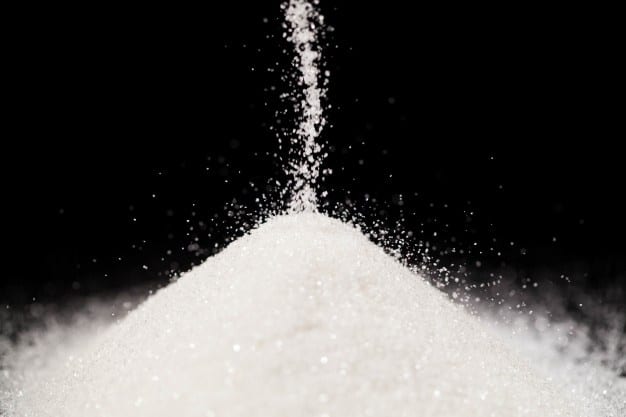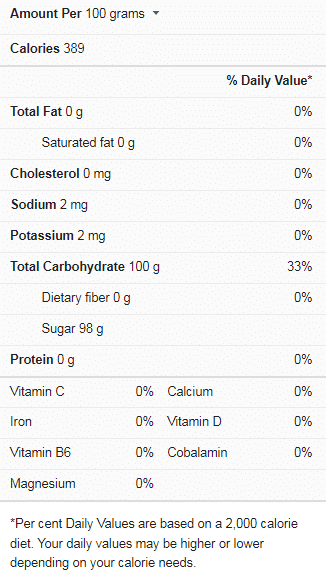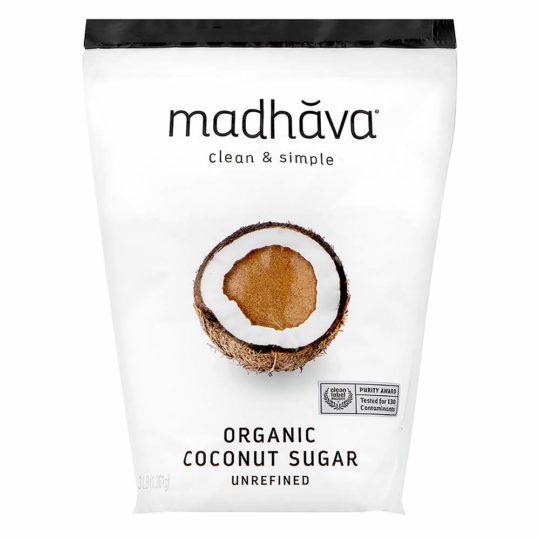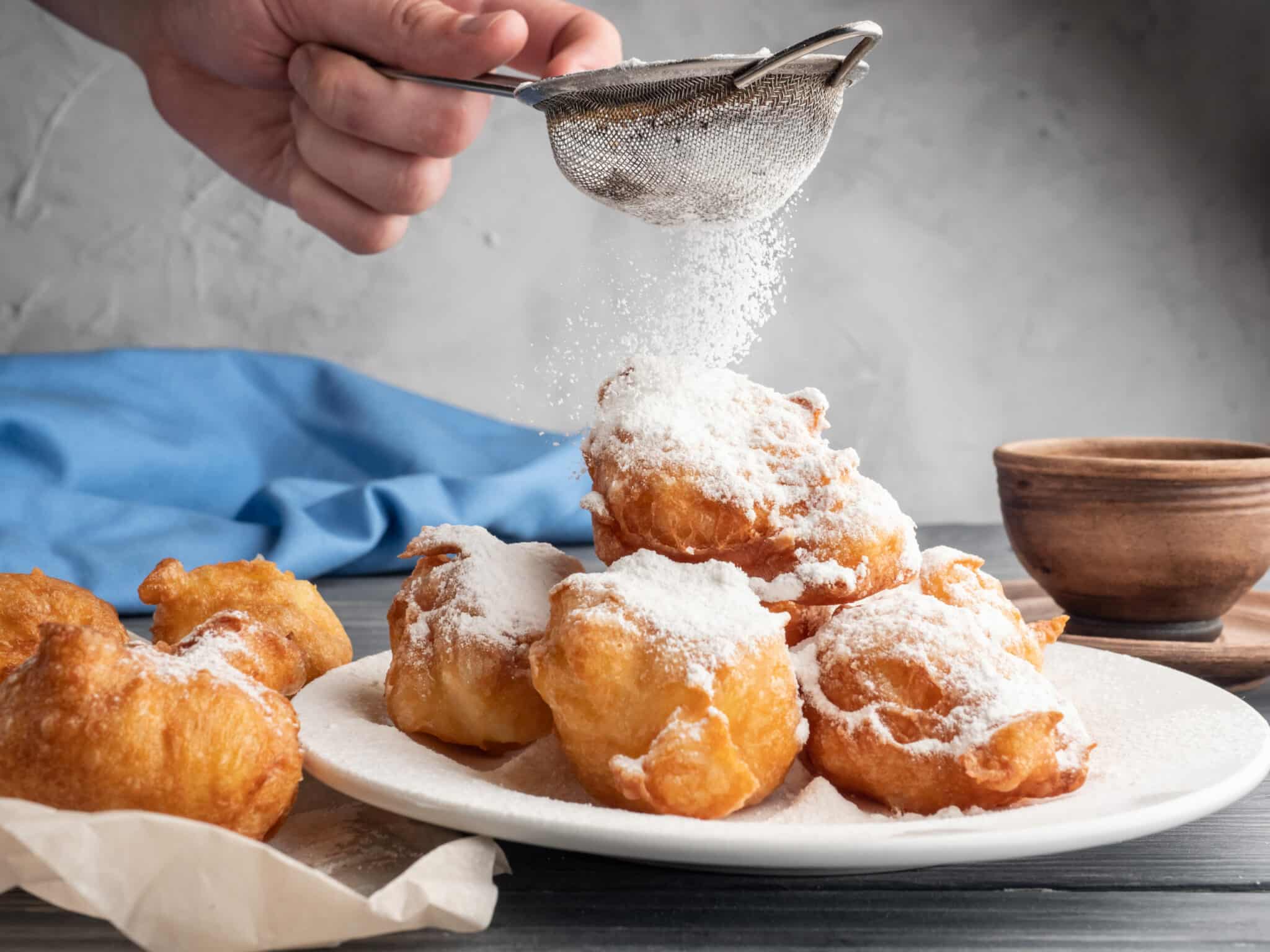Updated on April 9th, 2023
Have you ever noticed how different pastries and doughnuts sometimes have a sprinkling of snow-like powder on them? That lovely scattering you see dusted on those baked confectionaries is powdered sugar. You’re probably a big fan, and many people are, too, especially because of the sweet and smooth quality it adds to baked foods.

Powdered sugar is employed in versatile ways in various recipes; some examples are desserts and frostings. As good as powdered sugar tastes and feels, however, that’s a lot of sugar going into your system, and you probably want to change that for a healthier option. It is also possible that you’ve run out of powdered sugar and are simply seeking a quick and easy alternative.
The great news is that several options can work in powdered sugar when you need it in your recipes. How these options work is a different ballgame entirely. You need to get familiar with the right application methods and proportions to get the best results in your frosting-making adventures.
What is Powdered Sugar?
Powdered sugar is a finely ground sugar that processes granulated sugar into a powdered form. It is also commonly referred to as confectioners’ sugar, 10X sugar, or icing sugar. Powdered sugar is the go-to product when quick-dissolving sugar is required in industrial food processing.
Powdered sugar comes in various finenesses, the most popular being XXX, XXXX, and 10X; technically, the more Xs powdered sugar contains, the finer its particles are. To absorb moisture, reduce clumping, and enhance flow, powdered sugar commonly contains between 2 – 5% of an anti-caking ingredient, such as maize starch, potato starch, or tricalcium phosphate. Its caking action occurs as finer particles absorb more moisture.
Although powdered sugar is most often prepared in factories, a substitute can be made by grinding ordinary granulated sugar in a coffee grinder or crushing it by hand in a mortar and pestle. Home cooks primarily use it to produce icing, frosting, and other cake decorations. It is also commonly used to lend a gentle sweetness and delicate adornment to baked foods.
Powdered Sugar Nutrition Facts

Uses of Powdered Sugar in Frosting Recipes
Powdered sugar, or confectioner’s sugar, is popular in many frosting recipes for its smooth consistency. It also possesses a sweetness comparable to that of granulated sugar, and its slight texture creates a smoother mouthfeel, giving off a wonderful feeling like you’re eating powder.
Due to its finer particles, powdered sugar is ideal for making sweet meals with a smooth consistency. As such, it is naturally the sugar of choice for decorating baked goods with frosting, icing, and dusting.
Some of the recipes that use powdered sugar are:
- Chocolate buttercream frosting
- Decorator frosting
- Caramel frosting
- Coconut oil frosting
- Cream cheese frosting
- Sugar cookie frosting
- Cinnamon roll frosting
- Cool whip frosting
- Vegan coconut milk frosting
- Caramel buttercream frosting
- Vegan vanilla frosting
- Lemon buttercream frosting
- Banana butter frosting
- Brownie Frosting
- Homemade frosted doughnuts
Substitutes for Powdered Sugar in Frosting
Powdered sugar can be used in various ways to enhance the flavor and look of baked foods. Its fine particles make it a top choice among bakers because it allows for a smoother consistency in the finished products than most other options. Generally, it also has a wonderful taste, similar to granulated sugar, and hardly anyone wouldn’t crave that in their recipes.
However, powdered sugar is not the healthiest ingredient, despite being pleasant to taste and appealing to the eye. Too much-powdered sugar or any sugar can have major health consequences. Also, it may not always be readily available for use, hence the need to consider other alternatives. The alternative options to using powdered sugar in frosting recipes are described below:
Dry Milk Powder
Dry milk powder is sugar-free, and thus, a much healthier alternative to powdered sugar in frosting recipes, especially if nonfat dry milk powder is used. Dry milk powder allows for reduced sugar and calorie consumption and is thus ideal if you have health concerns about powdered sugar use.
All needed to make this substitution is one cup of powdered dry milk (skimmed), half a cup of Splenda or another sugar-free sweetener, and one cup of cornstarch. Using a blender or similar device, these ingredients should be blended to a very fine consistency. Adding a little more liquid is advised to ensure consistency because milk powder absorbs more liquid than powdered sugar. This substitute option can be used in a 1:1 substitution ratio in place of powdered sugar.
Xylitol
Xylitol is a sugar alcohol that can be used as a powdered sugar substitute. It is made from grains, fruits, and vegetables and has sugar-like crystals in different sizes, including powdered versions. In most powdered sugar recipes, xylitol powder is quite effective. Unlike ordinary sugar, it has the advantage of being calorie-free.
Large xylitol crystals can be crushed into smaller crystals with a food processor and then used in a 1:1 substitution for powdered sugar due to similar sweetness levels. Cornstarch can also be added for the consistency and feel powdered sugar gives, but unnecessary.
It’s worth noting that xylitol can cause food to dry out more quickly than powdered sugar. Because xylitol does not caramelize as quickly as sugar, baked foods sweetened with it will dry out considerably more quickly. Adding extra liquid to the mix is thus necessary with xylitol use.
Powdered Coconut Sugar
Ground coconut sugar combined with arrowroot powder is an excellent powdered sugar replacement. This substitute option is less sweet and has a lower glycemic index, and as such, is healthier than powdered sugar. Many people prefer coconut sugar over conventional powdered sugar because of its delicious caramel flavor.
This substitution option requires one cup of coconut sugar and one tablespoon of arrowroot powder. Simply using a 1:1 ratio alternative for powdered sugar, the coconut sugar and arrowroot powder mixture should be blended thoroughly.
Coconut sugar works nicely in a variety of dessert recipes and baked goods. Coconut powder is the best option if you don’t have a sweet tooth but still enjoy the great taste of caramel.
Frequently Asked Questions (FAQs)
Can I use white sugar instead of powdered sugar for frosting?
Sugar, either granulated or caster, can be used in the frosting, and your icing sugar will combine more evenly if you use coarse sugar. If you have granulated sugar, it makes sense to use it, but caster sugar works just as well.
Can I use brown sugar in place of powdered sugar?
Brown sugar, white sugar with molasses added, will not work well since it is too sticky to work like powdered sugar.
How is frosting different from icing?
Icing is thinner than frosting but isn’t as thin as a glaze. Icing can be drizzled or spread and is typically created with powdered sugar and a liquid such as water, milk, or juice. The frosting has a rougher consistency and less sheen than icing.
Conclusion
On a final note, all your favorite frosting treats do not have to suffer when powdered sugar is absent in your recipes. Instead, our suggested options work in various ways to achieve the results that powdered sugar would typically give in frosting.
Try one or more options for healthier frosting treats without all the side effects of excess sugar consumption. It is also important to use them in the right methods and quantities to achieve consistency and results.




